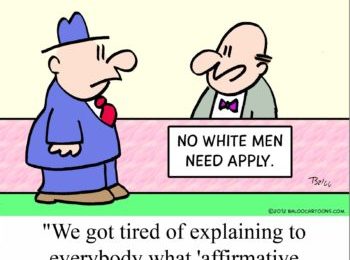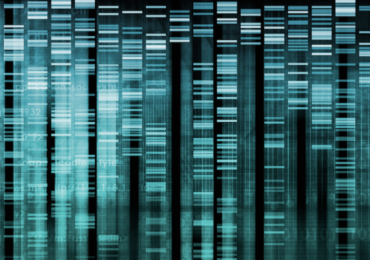 “The story of Jewish origins, once the province of historians and religion scholars, is now being told by DNA,” reads the headline of a recent news report dealing with findings that Jews are a defined genetic group.
“The story of Jewish origins, once the province of historians and religion scholars, is now being told by DNA,” reads the headline of a recent news report dealing with findings that Jews are a defined genetic group.
The article, about Harry Ostrer, a professor of genetics here at the Albert Einstein College of Medicine, shows that geographically and culturally distant Jews still have more genes in common than they do with non-Jews around them, and that those genes can be traced back to the Levant, an area including modern-day Israel.
“It shows we share in a biological tapestry, and are connected by these genetic threads,” Ostrer says.
The DNA that he found also tightly linked Ashkenazi and Sephardic Jews, two prominent culturally and geographically distinct groups and “the deeply rooted Middle Eastern markers could be used to support Zionist territorial claims—except, Ostrer points out, the same markers can be found in Palestinians as well.
“”Other researchers had used DNA successfully to trace aspects of Jewish lineages. Most notably, Michael Hammer, a geneticist at the University of Arizona, had used DNA from the Y chromosome—the one that men have and women don’t—to show genetic support for the Bible’s account of a Jewish male priestly caste, the Cohanim,” the article continued.
“In 1997, Hammer’s team reported that a particular DNA sequence on the Y chromosome could be found in more than 98 percent of men who identified themselves as Cohanim descendents—in America the last name today is usually Cohen—showing that they were indeed related.
“One marker on one chromosome, however, isn’t a very powerful way to track a whole population. Yet gene-sequencing technology has come a long way in 15 years. Computers now can swiftly run through hundreds of thousands of DNA markers on all 23 pairs of chromosomes, and do this in different people to identify variations and similarities. That’s the approach Ostrer and his team employ.”
“All European Jews seem connected on the order of fourth or fifth cousins, Ostrer says.
“Then people began to use this European data to rewrite history,” Ostrer says. “One thing was that if Ashkenazi and Sephardim were so closely related, there had to be admixture among the populations.” But that isn’t what the genetics was saying. Probably, Ostrer says, the DNA uniting them persisted from a much older split, thousands of years ago, and was not shared between them by more recent intermarriage.
And that makes sense given the cultural history of the two groups, Ostrer says. “There wasn’t that much mobility. They were separated by long distances, and there were language barriers. The Ashkenazi people spoke Yiddish and the Sephardic people spoke Ladino, another language. They weren’t necessarily mutually comprehensible.”



